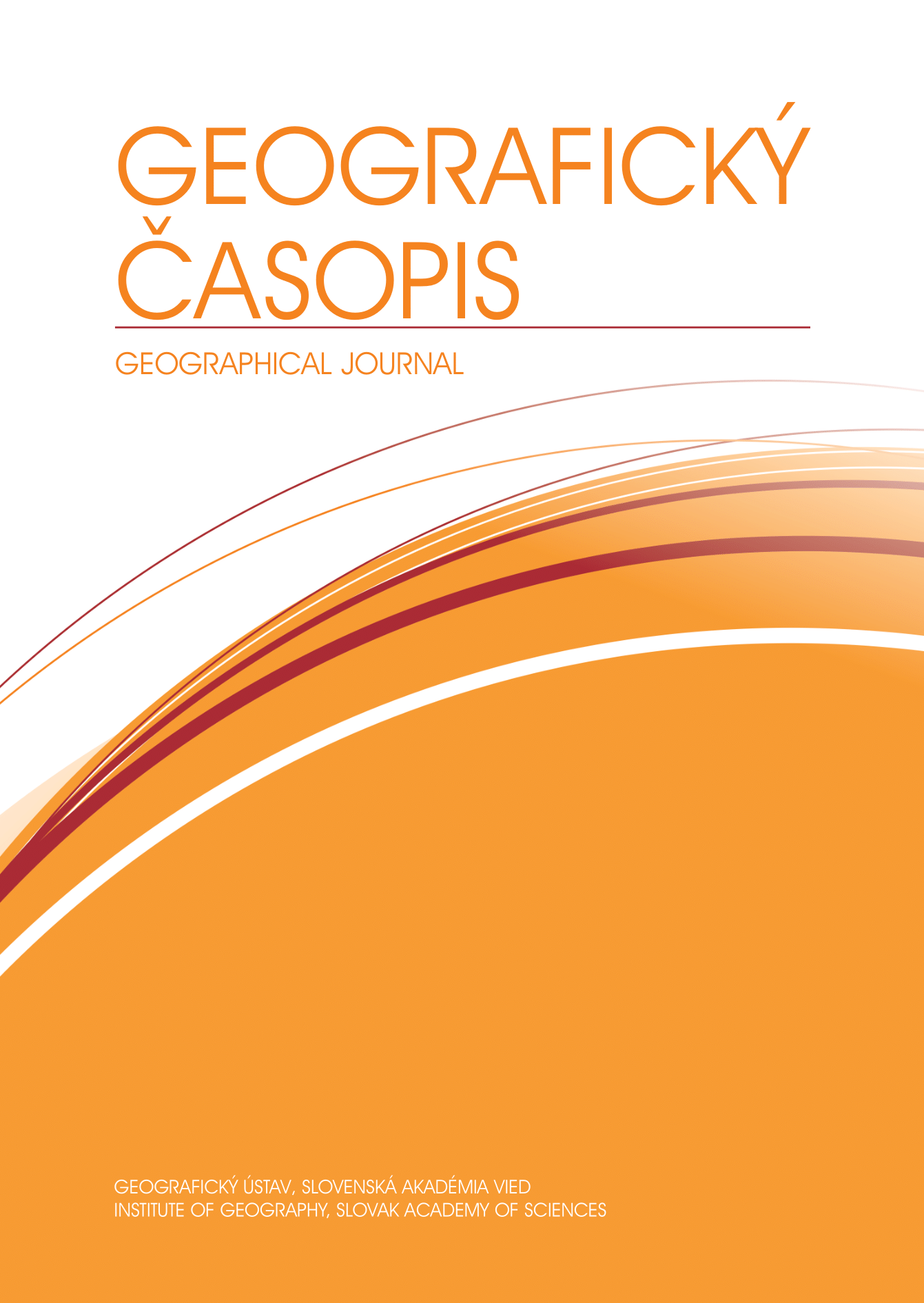Future Projection of Extreme Temperature, Precipitation and Runoff Indices in the Aga-Foua-Djilas Basin (Senegal) under Global Warming
DOI:
https://doi.org/10.31577/geogrcas.2025.77.3.01Keywords:
climate change, CMIP6, flood, drought, IHAAbstract
Senegal is facing a growing challenge of severe climate and hydrological extremes as global warming accelerates. Developing countries, and Senegal in particular, are severely affected by these extreme climatic events due to their low adaptive capacity. Using the Coupled Model Intercomparison Project Phase 6 (CMIP6) dataset, the study sought to ascertain how the Aga-Foua-Djilas basin’s extreme temperature, precipitation, and runoff indices might react in the future to global warming below the levels predicted by the Shared Socioeconomic Pathways (SSP), SSP 126, SSP 370, and SSP 585 scenarios. Daily temperature, precipitation and runoff data from the Inter-Sectoral Impact Intercomparison Project (ISIMIP) are used in the study. Extreme temperature and precipitation indices as well as Indicators of hydrologic alteration (IHA) are calculated. The results show that future climate warming scenarios may cause a substantial decline in precipitation intensity and days of extremely heavy precipitation, which could account for the fall in total annual precipitation. As temperatures rise and precipitation decreases, the extreme flow indices will trend downward. The rainfall deficit will cause a decline in the medians of the minimum and annual flows over 1, 3, 7, 30, and 90 days for the upcoming period. Consequently, changes in climatic extremes are expected to increase the probability of severe extreme events. Therefore, climate change will influence future trends in the alteration of hydroclimatic variables in the watershed, making their study essential.
Downloads
Published
Issue
Section
License
Copyright (c) 2025 Geografický časopis / Geographical Journal

This work is licensed under a Creative Commons Attribution-NonCommercial 4.0 International License.
The authors accept and agree to respect the terms and conditions of this public license. Published articles or their parts may be reused, provided that the names of the authors are mentioned and will serve only for non-commercial purposes.

